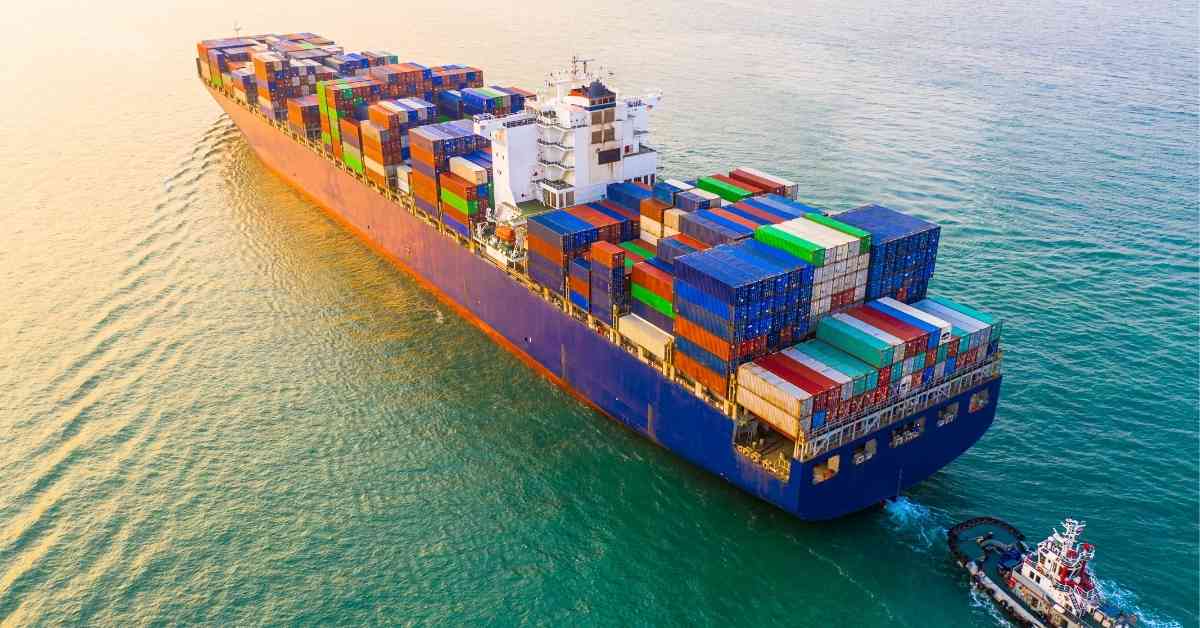
Consumers eagerly anticipating the arrival of holiday-season imports may find the themselves very disappinted with the container shipping industry. After a staggering $364 billion boom in net income for major carriers in 2021 and 2022, the tide is turning, and the industry is bracing for a challenging stretch ahead.
The monumental shift from historic profits to potential losses comes on the heels of the COVID-19 demand shock, with an unexpected culprit: oversupply. Rolf Habben Jansen, CEO of Hapag-Lloyd AG, voiced his concerns, stating, “I’m certainly concerned about the next 24 to 36 months. We are going to see a downturn.”
A.P. Moller-Maersk A/S, the largest publicly traded container line, faces particularly tough times. Bloomberg Intelligence’s credit analyst Stephane Kovatchev predicts an 80% drop in Maersk’s free cash flow this year, with the possibility of turning negative in 2024. Such challenges prompt industry leaders like Maersk, Hapag-Lloyd, and CMA CGM SA to announce cost-cutting measures amid fears that the slump may persist through 2024.
Executives, mindful of the pitfalls of previous price wars, emphasize the need for responsibility in maintaining market stability. CMA CGM Chief Financial Officer Ramon Fernandez warns, “Price wars after a while hurt not only those who start them but everyone.”
The current predicament arises from a delicate balance between returning goods demand to pre-pandemic levels and the surge in supply from new, larger ships. The timing of ship launches and retirements, given the industry’s inherent complexities, becomes a critical challenge.
To manage capacity in the short term, carriers resort to canceling voyages, suspending services, and, in prolonged slumps, allowing charter contracts to expire or selling ships in the scrap steel market. Kovatchev observes a standoff emerging between industry giants and smaller players, where survival hinges on strategic decisions regarding supply, demand, and cost-cutting.
As shipping grapples with its challenges, manufacturers and retailers benefit from lower shipping expenses, ultimately aiding central bankers in their quest to control inflation. Phil Levy, chief economist at Flexport Inc., notes, “To the extent you were getting inflationary pressure from goods, or in a very tight goods market — that has disappeared.”
However, the cost of moving merchandise may not remain low indefinitely. External factors, such as a 15% increase in Suez Canal transit costs and challenges in the Panama Canal, contribute to rising expenses. Additionally, the industry faces a monumental $1 trillion investment for decarbonization in the coming decades.
The Saade family, owners of CMA CGM, navigate these turbulent waters with a diversification strategy. Rodolphe Saade, leading the company started by his father, has invested in an airline, ports, logistics operations, and even the media during the pandemic windfall. However, the industry’s future remains uncertain as it grapples with balancing costs, demand, and environmental concerns.
Source:Bloomberg

